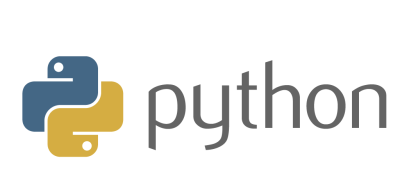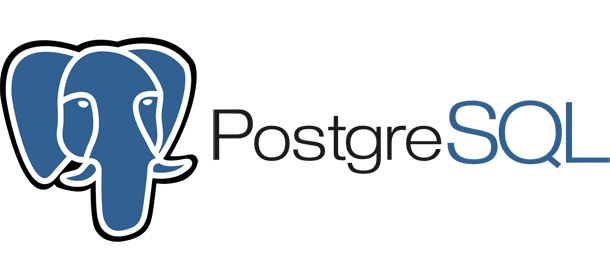
We use machine learning tools and algorithms to help companies develop AI-driven products and solutions. Our team has profound knowledge and experience in designing, implementing and integrating Artificial Intelligence solutions within the customer’s business environment.

Self-taught algorithms can solve many problems across different business domains.
We have the knowledge and skills to build these algorithms tailor-made for your needs.
Deep learning models teach a computer to identify a person in the photo, street directions in spoken words, and similarities between audio samples. We use deep learning for building image recognition software, image search, object detection, fraud prediction, text and voice recognition, and other applications.
Computer vision is about extracting information from images which may involve text description, a three-dimensional model, camera position, and so on. We help our clients get the most out of image data. Face detection, inventory management, and document analysis are some of the computer vision tasks we solve.
Chatbots is the most common application of NLP. But the range of use cases for this technology is much broader. Using NLP we can identify fake news, filter spam, speed up recruitment, and do sentiment analysis. From marketing to healthcare – with the help of NLP we can improve business efficiency and customer service.
Helping companies make sense of data is a task of our data science engineers. We build business intelligence solutions that identify trends and patterns inherent in the data and transform this information into visual context using charts, tables, graphs, and other forms including 3D visualizations.
Machine learning requires a big amount of labeled training data. Some of this data is available in free public repositories, some are proprietary, and some needs to be collected elsewhere. If collecting needed data is a problem, we can help you solve it. We use different methods to gather quality data for exploration and analysis.
This technique uses historical data to identify risks and opportunities for the future. To build predictive analytics models we use both structured (displayed in titled columns and rows) and unstructured data (emails, audio, social media content). Risk management, cross-sell, direct marketing are some use cases for predictive analytics.
Using machine learning and NLP, we can build a neural conversational chatbot for retail, finance, travel, entertainment, and other industries. We train chatbots to understand human language and improve over time. These bots (text-based or voice) create replies from scratch and speak just like humans.
Recommendation systems are applied to a scenario where many users interact with many items. Media, ecommerce, job boards – we adapt our solutions to business needs in multiple domains. To build recommendation systems we use content-based and collaborative filtering methods or combine both of these approaches.
Anomaly detection allows you to take measures to prevent risk in the future. This risk may be related to unusual network traffic, malfunctioning equipment, fraudulent transactions. To detect anomalies we build machine learning models that capture odd ones out in data. We train the model to consistently identify the anomalies.
Enterprise AI Process

First, we need to understand what problem you want to solve and see if it is a fit for machine learning.
We collect available data both structured and unstructured. If you don't have data, we'll collect it online if possible.
To make sense of data, it needs to be clean. We transform raw data and then it's ready for processing and analysis.
We discover patterns and relationships in data and extract relevant insights by using statistical methods
We apply machine learning algorithms to your dataset and run thousands of experiments to prove it works.
Finally, we deploy the model into production, iterate until it works properly, and develop features to access it.
Technologies
























